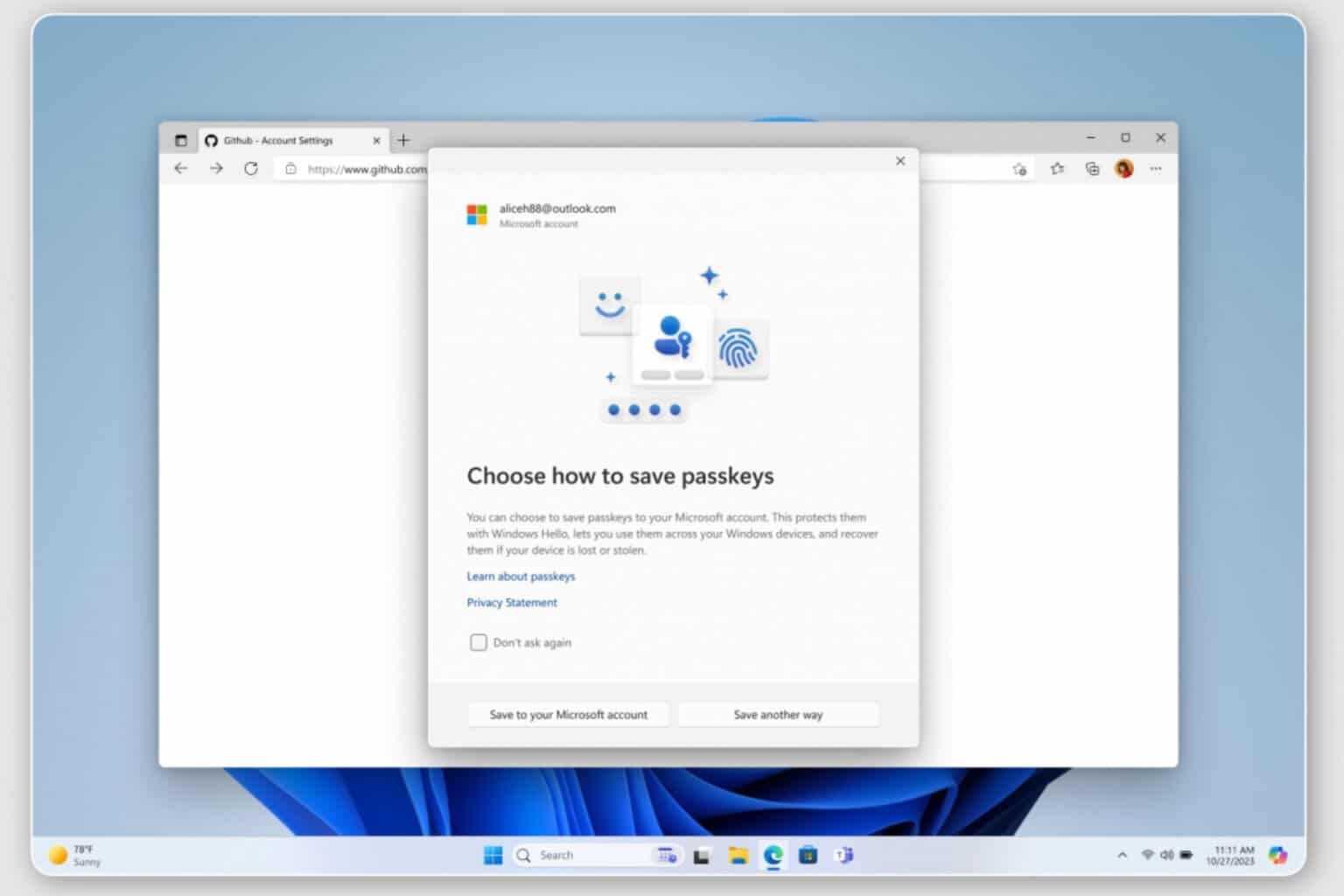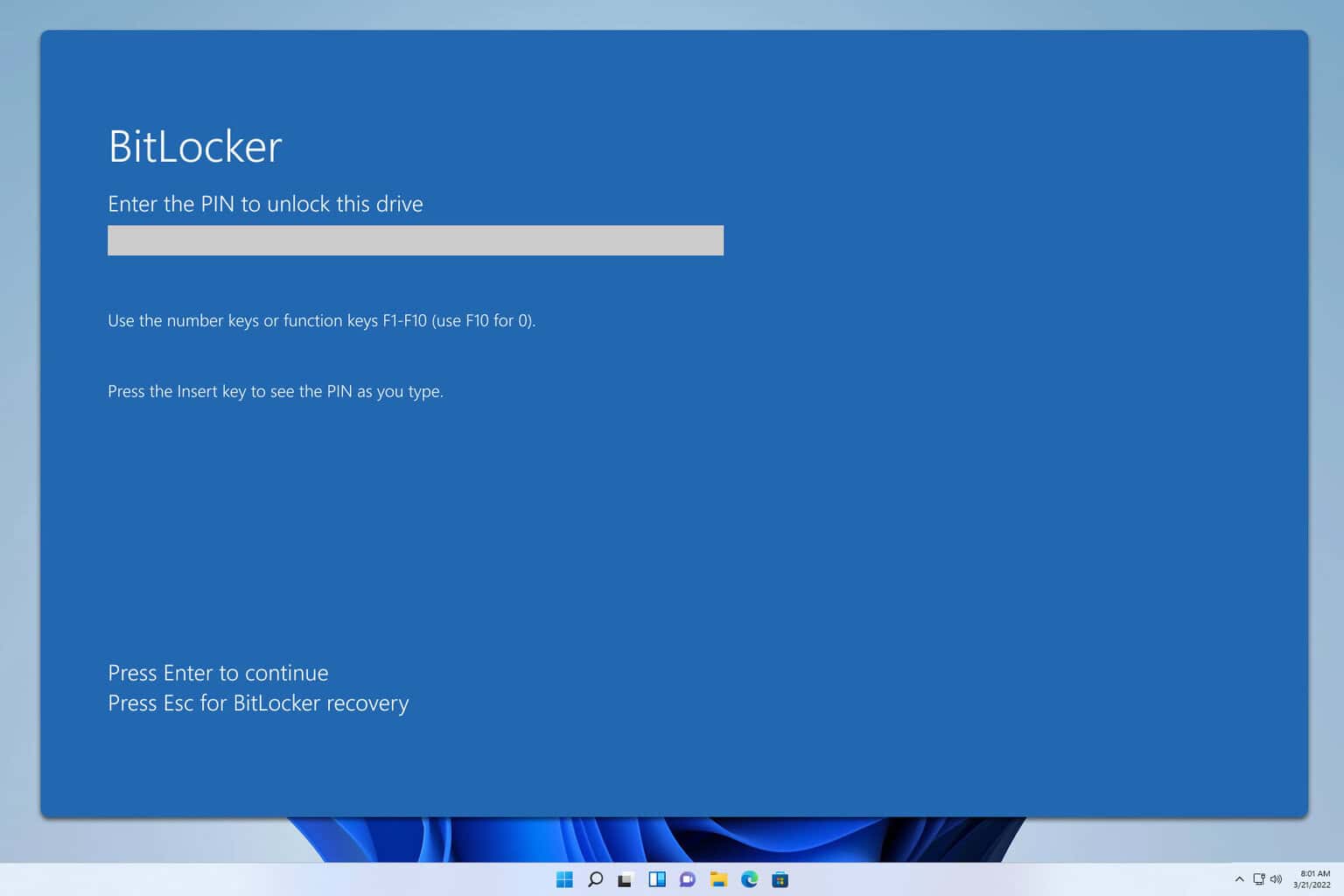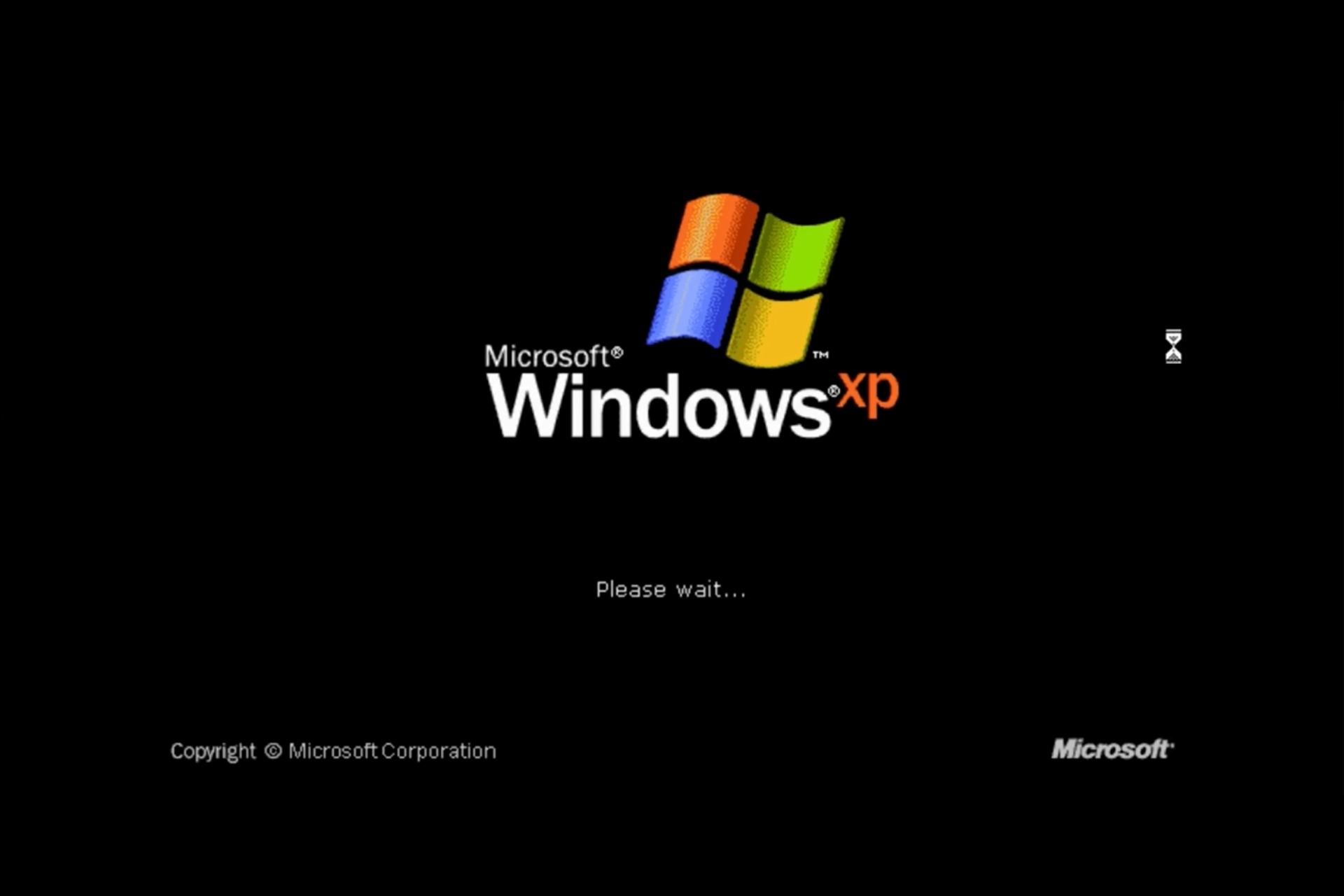Microsoft develops accessibility features with feedback from people with disabilities
The Redmond-based tech giant unveiled how it's trying to be as inclusive as possible.
3 min. read
Published on
Read our disclosure page to find out how can you help Windows Report sustain the editorial team. Read more

Microsoft wants to make sure that its advancements are accessible to all people, including those with disabilities. The company’s commitment is shown by its active request for feedback from individuals with different kinds of disabilities. Their goal is to design products and services that truly include everyone.
This way benefits not only people with disabilities but also improves the overall user experience for all users. According to its blog, Joanna Briggs and Faris Mango, who work at Microsoft, are taking charge. They do this by carrying out usability studies that include everyone, using the methods of Microsoft’s inclusive design approach. This shows how accessibility has become a crucial part of the way they make their products.
Feedback is essential for making technology accessible. Microsoft understands that involving their employees who have disabilities in the process of developing new products and features gives them important insight that can help improve user-friendliness for everyone.
It’s not just about following the rules for accessibility; it also includes grasping how people with disabilities really live and using this knowledge as a motivation to innovate.
The concept of “solve for one, extend to many” in technology design means that when we create features to help people with disabilities, it makes the product better and usable for everyone. When a product is made accessible from its beginning state, it becomes more flexible and can be used by a greater variety of users. For instance, captions made for videos are helpful for people who cannot hear or have trouble hearing and in places with a lot of noise or when you can’t use audio.
Microsoft teams try to understand and fulfill their users’ different requirements by putting themselves in their situations. This empathetic method ensures that the technology they make is functional and truly enhances people’s lives. When Microsoft makes sure its products are accessible, it is not only following rules but also participating in creating an internet that includes everyone.
Microsoft’s mission for accessibility is not a single step. They are always working to improve and find new methods, taking input from various users and applying inclusive design to their work. From using AI to updating the Voice features in Windows, this sets an example of what it signifies to make technology that serves everyone without limitations or exclusions.
With people like Joanna Briggs and Faris Mango putting in their efforts and taking comments and principles of inclusive design on board, Microsoft ensures its items and services are reachable by all. It drives digital change inclusively.








User forum
0 messages